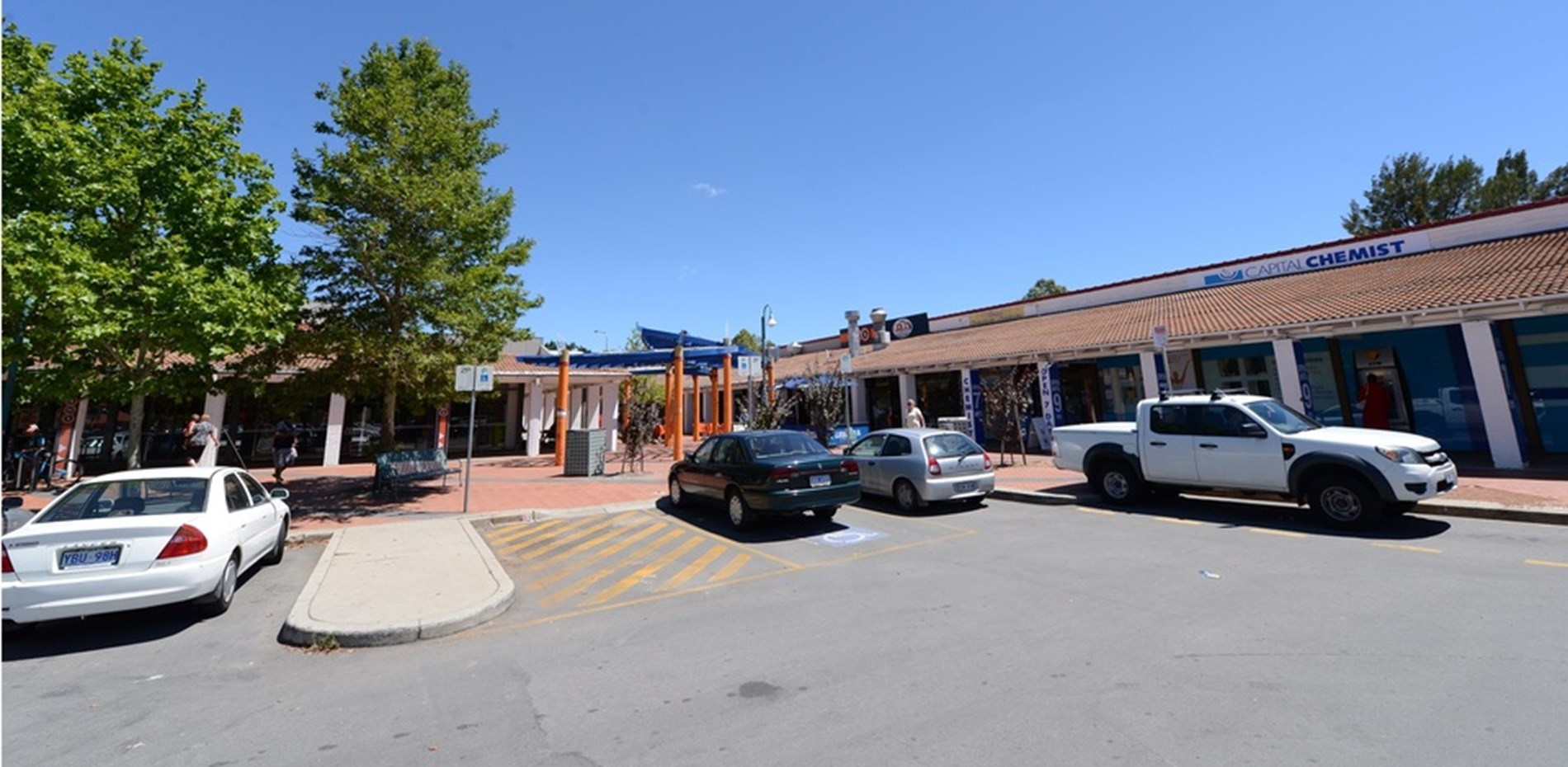Indigenous Land
The electorate of Ginninderra has a long history. Before the colonisation of Australia, the Ngunnawal tribe lived in the Ginninderra area for thousands of years. The name Ginninderra come from the Ngunnawal word for ‘sparkling water’ and refers to the Gininnderra Creek that runs through the electorate from Mulligan’s Flat to the Murrumbidgee. Aboriginal rock carvings can be found throughout the electorate as well as stone artifacts which have been found along the Ginninderra Creek corridor.
Settlement & Development
In the 1820’s George Palmers developed his Palmerville Estate in the area of ‘Ginninderry’. The estate also included a homestead located on the banks of the Ginninderra Creek and was the early beginning of what in now Belconnen and Southern Gungahlin. Palmerville adjoined the Charnwood Estate to the west and the Yarralumla Estate to the east.
The early Ginninderra village was a small collection of buildings; the first of these was the Ginninderra Post office that opened in 1859. Hardly any of the old village has survived but you can still visit the old school house at Gold Creek Village just off the Barton Highway.
The development of Ginninderra as it looks today began in 1966 with the development of Aranda as the first of 25 sub-divisions that now make up Belconnen. Development happened quickly as Canberra expanded. By the early 70s the suburbs on what is still the Western edge had developed, just in time for my parents to buy their first Canberra home in the West Belconnen suburb of Holt.
Since those early days Ginninderra has continued to develop with the early 1990s addition of suburbs Nicholls in Gungahlin and the West Belconnen suburb of Dunlop where I now live with my family.
Political Context
Apart from participation in some Queanbeyan organisations, there was no formal political structure in Ginninderra until the early 1880’s. Through a community meeting in July 1881 the Ginninderra Free Selectors Association was initiated. The primary goals for this association included the representation of local interests and the surveying of roads and reserves. At this time, the major political division was between the Free Traders and Protectionists. The Ginninderra district tended to support the Protectionists.
The Ginninderra Protection Union was an organisation that became very active leading into the 20th Century. The actions of this union resulted in the creation of the National Protection Association; an organisation which worked to defend workers and create jobs. Subsequently, the creation of the Ginninderra Political Labour League replaced the former Protectionist union.
My electorate was originally created in 1995 when the ACT electoral system incorporated multi-member districts. There have since been two minor redistributions leading up to both the 2001 and 2012 elections. The 1995 election resulted in a two-seat win for both the ALP and Liberal Party. The final seat went to Lucy Horodny from the Greens. For the Labor Party Wayne Berry, my dad, and Roberta McRae were elected. The Liberal Party elected Harold Hird and Bill Stefaniak. Since this election, both major parties have consistently won two seats each in Ginninderra; the final seat has alternated between the Greens, Democrats, Independents and Labor until 2012 when ACT Labor won 3 seats
I have been a member of the ACT Legislative Assembly since 2012.



